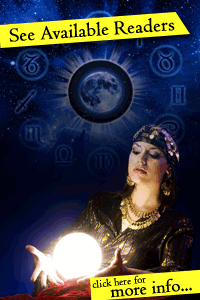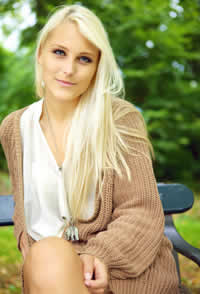Credit Card Callers
OPERATOR ASSIST
Available 10am to 6pm daily for bookings/Issues
Billed as Access Positive
*You must accept our Terms of Use

Home > Psychic Blog > Tarot Decks In The Middle Ages
Tarot Decks In The Middle Ages
Tarot cards has been used by human beings ever since the ancient times. The Egyptians were noted to have used glass-like discs which resembled playing card decks, while the gypsies of medieval Europe also used cards which had different colorful illustrations depicted on them. The first ever recorded use of the tarot in Europe was in 1375, and it was believed to be brought to the mainland by traveling Islamic clerks and societies. Here's a look how the tarot evolved in medieval Europe.
The Italian Tarot
According to historians, it was not until 1440 that the tarot cards were initially seen in Europe's cities. It was also in 1530 that the Duke of Milan requested for the creation of several decks of “triumph” cards, which were only used on special occasions. The first tarot cards however, consisted of four suits with the cards numbered 1 to 10 , and the Court cards included a king, queen, knight and page. The medieval tarot deck also had 22 symbolic picture cards, which did not belong to any specific suit. The triumph card game quickly became popular in Europe, and afterward people began calling it “tarocchini”, as they were referring to the Italian version of the French “tarot” card.
How The Tarot Became A Popular Tool For The Occult
The original tarot cards were designed to be used for entertainment purposes. However, in 1781, some member of secret societies and occultists in France and England found a more sinister use for the “triumph” cards. The occultists saw the symbols of the cards as offering a much deeper meaning than what most people thought they were. Thus, the secret societies and occultists used the cards for divination, and occult writers also began developing an occult philosophy to suit the tarot.
The Tarot Decks In The 18th Century
In the 18th century, fortune telling using playing cards became popular, and in 1770 two French writers developed the world's first occult tarot decks, although they designed it in way were they didn't study or fully analyze the tarot's 350-year history. These writers freely interpreted the card's images, and they even designed the 22 trumps using the twenty-two letters of the Hebrew alphabet. The inventors of the newly-designed tarot also created a detailed fantasy about its origin and history. Thus, the newly-developed cards got further ingrained into the world of mysticism and black magic. The fictional accounts added by the French authors into the the new tarot deck version was further used to validate the theories of occultists, as well as appeal to a wider audience who wanted to know more about ancient wisdom and secret traditions.
Today's modern version of the tarot card was created by Arthur Edward Waite, an American member of a modern-day occult group, the Order of the Golden Dawn. Waite, with the help of an artist named Pamela Coleman Smith, designed a tarot card which had a story-telling type of theme, so that each card itself, including the Minor Arcana cards, had their own stories to tell, and had symbols which came together to teach the meaning of the card, and make the viewer think.
Disclaimer
This psychic site and its owners are not liable for any direct, indirect, incidental, consequential, or punitive damages arising from using this site, the psychic contractors listed on it, or its content. By giving us your email address you agree to allow us to send you occassional maketing materials. We will never pass your details to another company.
Terms of Use
You must accept and agree to our Terms of Use before using our services.



















